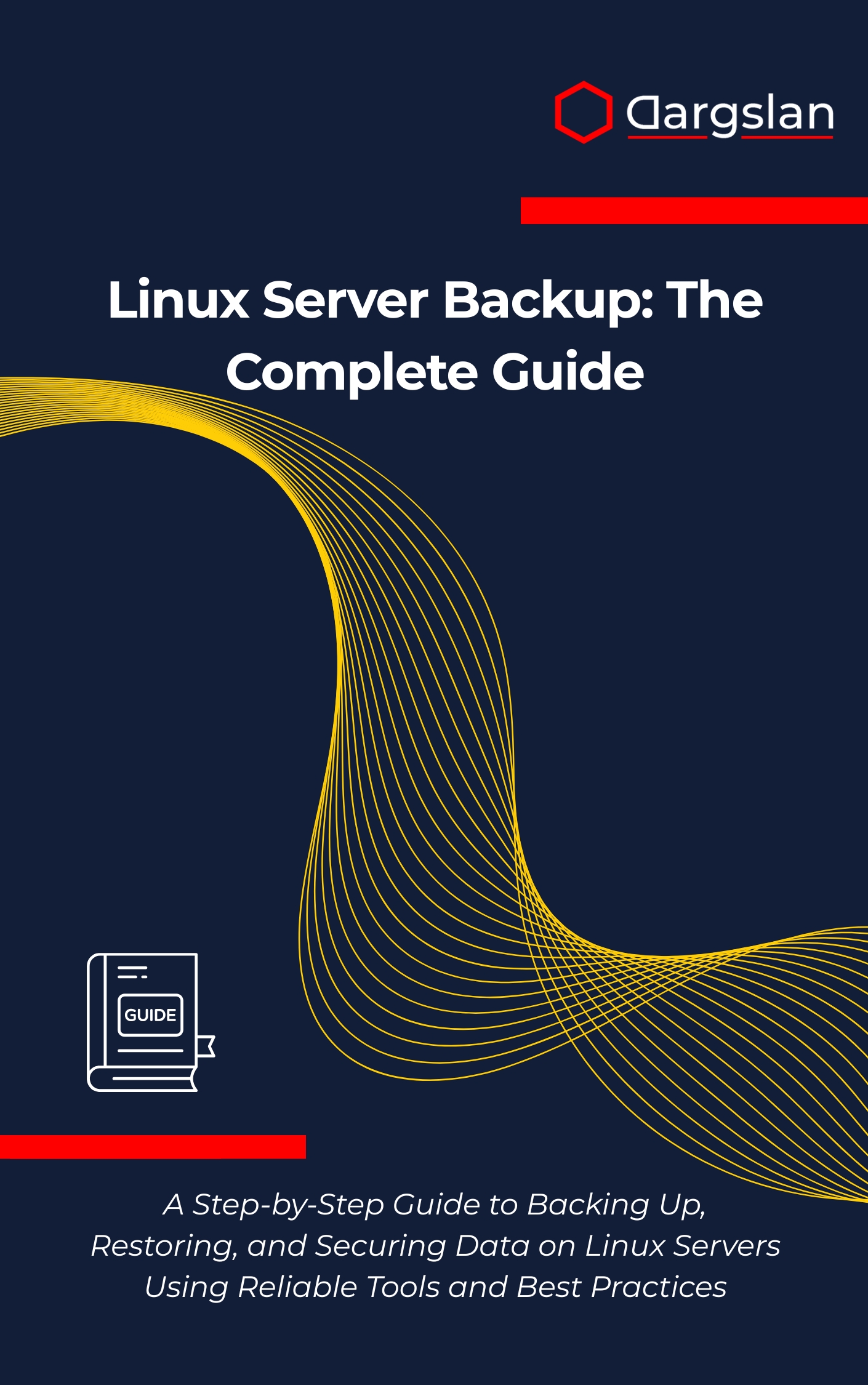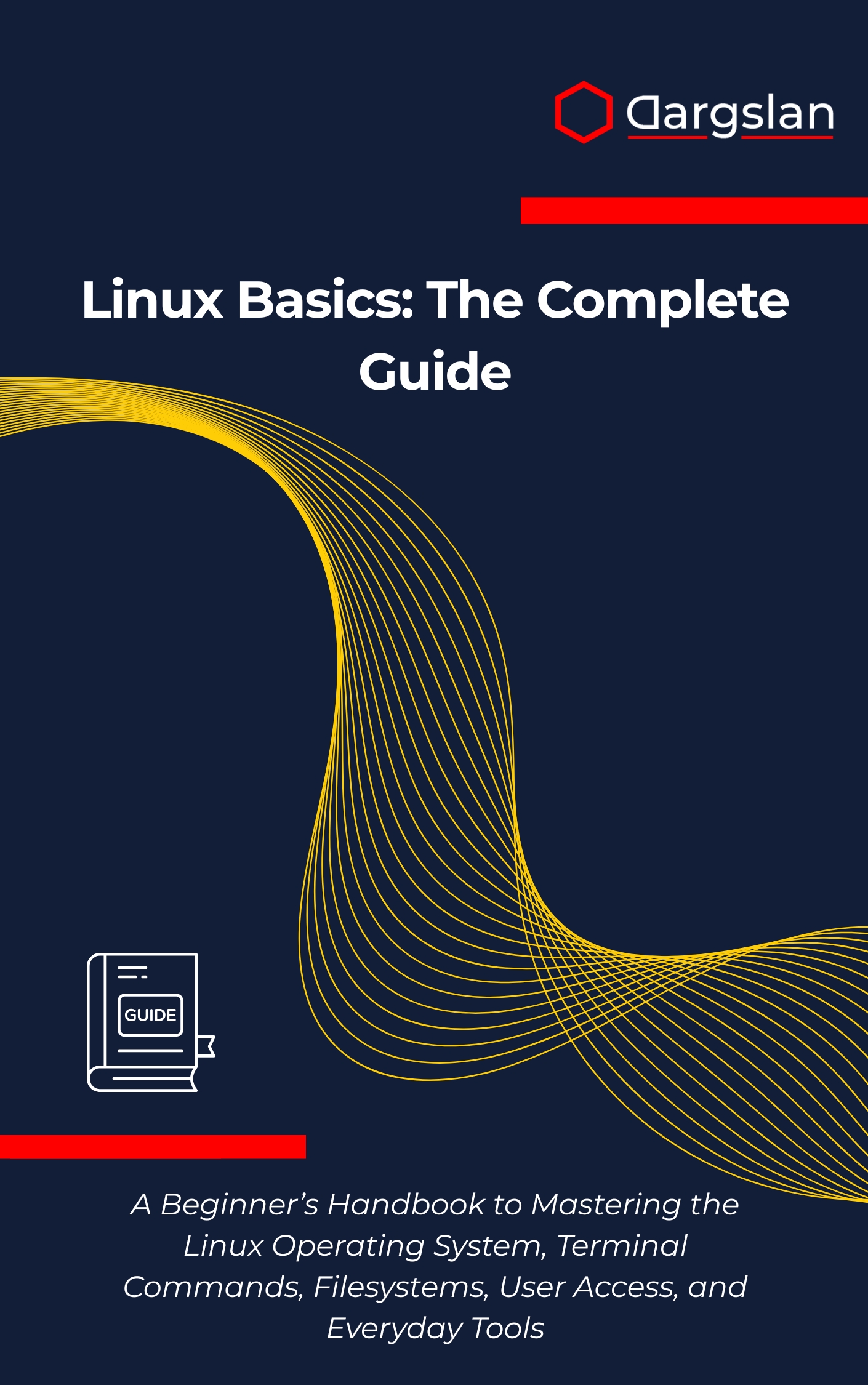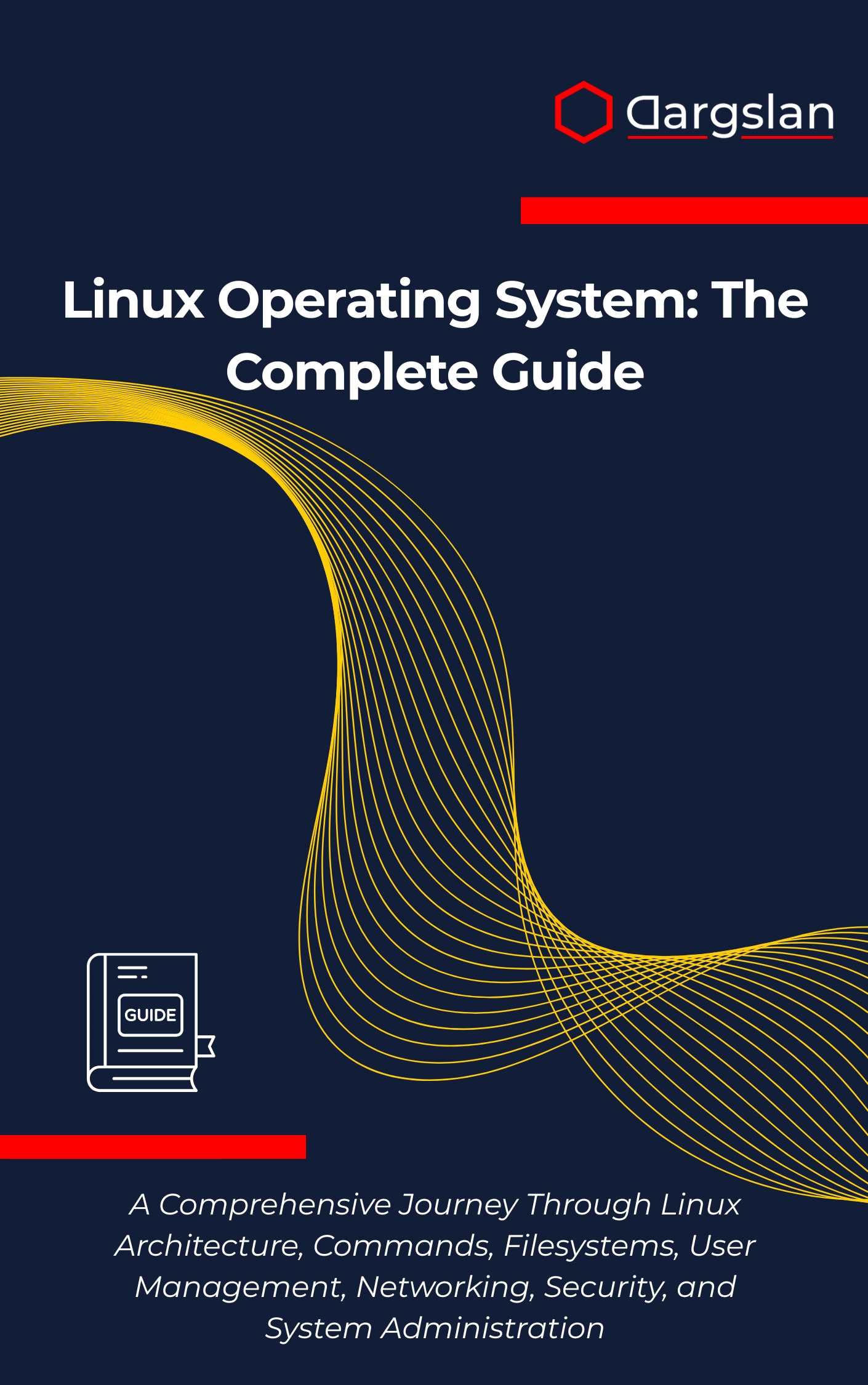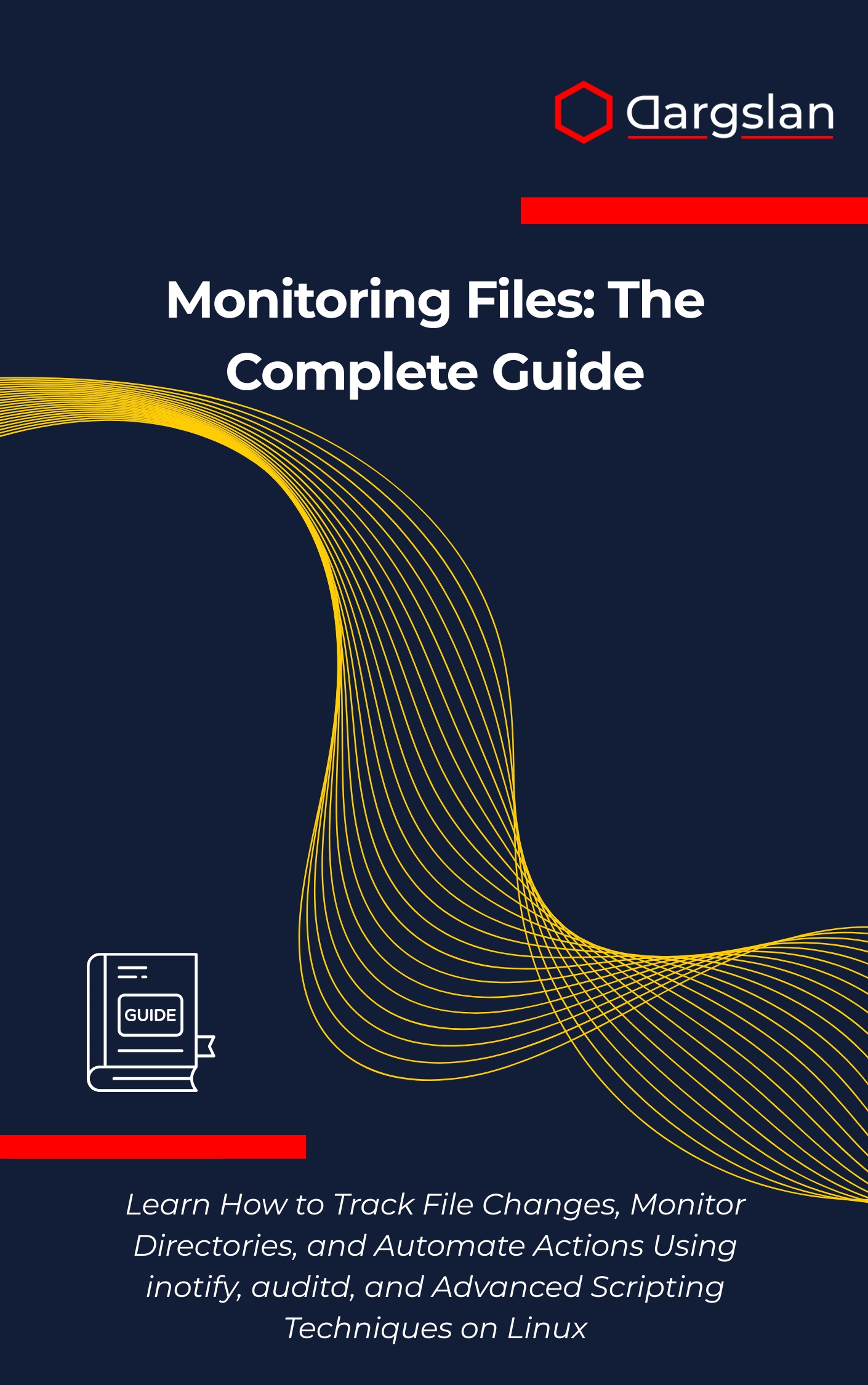Linux Networking Fundamentals
Linux Networking Fundamentals: A Beginner's Guide to Network Configuration, Tools, and Troubleshooting in Linux,Master Linux networking with simple steps, tools, and troubleshooting techniques.
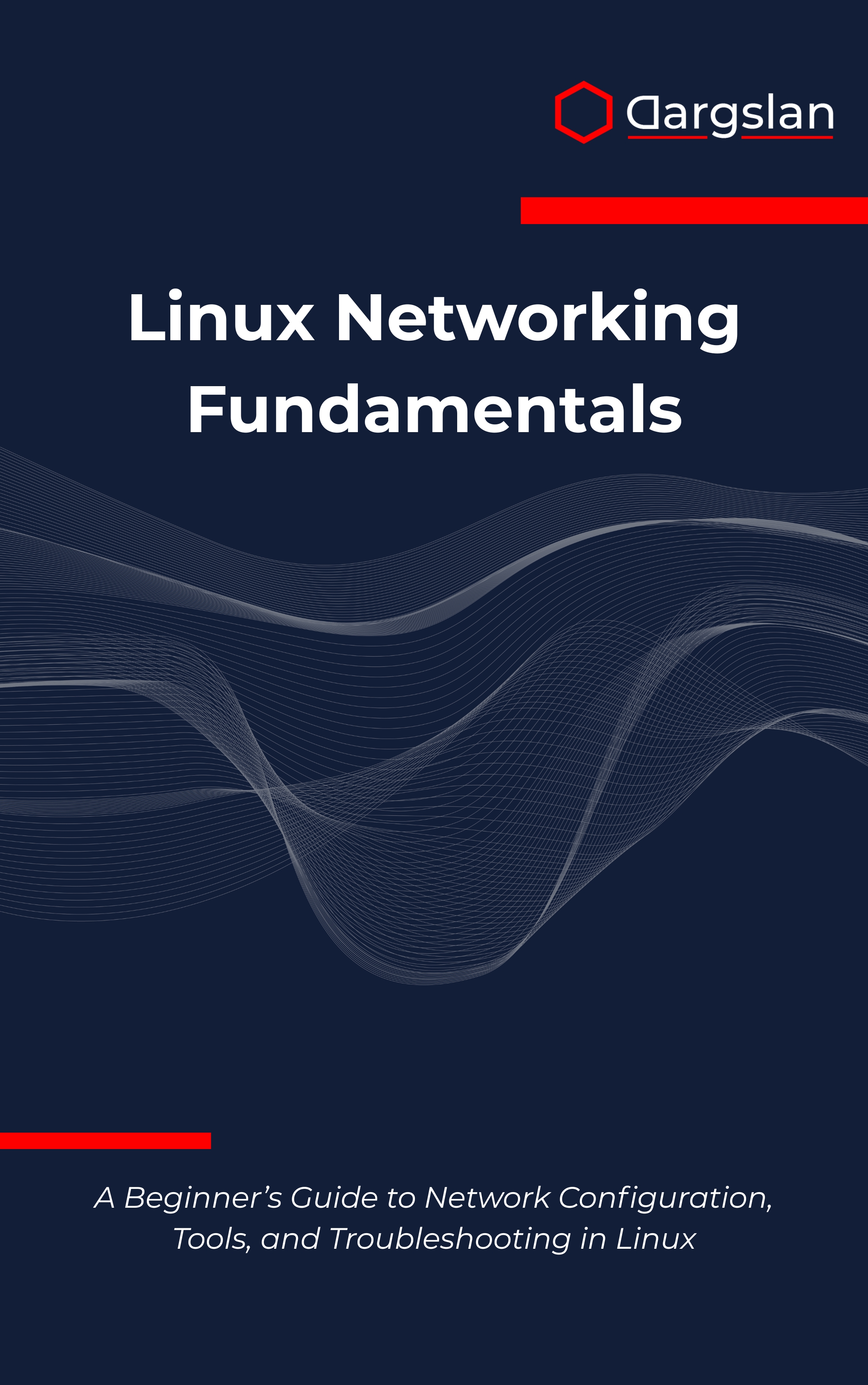
Linux runs the backbone of today’s internet, clouds, and data centers—and networking is where it all connects. If you want to configure servers, secure services, and fix issues fast, this guide shows you how to do it with confidence. Learn rock-solid fundamentals and modern tooling so you can move from guesswork to mastery in any Linux environment.
A Beginner’s Guide to Network Configuration, Tools, and Troubleshooting in Linux
Overview
Linux Networking Fundamentals is the definitive A Beginner’s Guide to Network Configuration, Tools, and Troubleshooting in Linux, translating core concepts into actionable steps for real-world Linux systems. This IT book doubles as a practical programming guide and a field-tested technical book, covering network interface configuration, IP addressing and subnetting, DNS and hostname management, routing and gateways, network connectivity testing, Linux firewall configuration, network service management, file sharing and NFS, VPN setup and configuration, network monitoring and troubleshooting, Linux router configuration, network security best practices, systemd networking, and NetworkManager administration.
Who This Book Is For
- New system administrators and help desk technicians who need a clear path from the basics to reliable production readiness, with hands-on steps to configure, verify, and secure Linux networks.
- Developers and DevOps engineers seeking to ship and support networked applications with fewer outages—learn to diagnose ports, services, DNS, and routing to keep deployments healthy.
- IT students and career changers ready to level up—build a portfolio of practical lab projects and demonstrate real command of Linux networking skills employers value.
Key Lessons and Takeaways
- Master modern tooling for everyday operations: bring interfaces up and down, assign static and dynamic IPs, and manage routes using ip and nmcli, while understanding legacy tools like ifconfig and netstat for older systems.
- Troubleshoot with confidence using ping, traceroute, ss, and tcpdump; validate DNS with dig and resolvectl; and interpret logs to pinpoint where connectivity breaks between hosts, services, and subnets.
- Harden and scale Linux networks: build clean nftables or iptables rules, manage services with systemd, configure WireGuard or OpenVPN, and turn a Linux host into a secure router with NAT, forwarding, and sensible defaults.
Why You’ll Love This Book
Every chapter is concise, practical, and geared toward doing, not just reading. You get step-by-step guidance, annotated command output, and troubleshooting checklists that mirror real incidents. Clear explanations demystify how Linux networking fits together so you can make decisions, not just run commands.
How to Get the Most Out of It
- Follow the recommended progression: begin with interfaces and IP fundamentals, then advance through DNS, routing, and firewalling before tackling VPNs and Linux router scenarios. Use a VM or lab server to practice without risk.
- Apply concepts immediately in real scenarios: document your baseline routes and interfaces, compare ip versus legacy tools, and test service reachability from multiple nodes so you build intuition that transfers to production.
- Tackle mini-projects to cement learning: configure a static IP with systemd-networkd and verify with ip and ss; create nftables rules that allow SSH and block unwanted ports; share a directory via NFS and validate permissions; deploy a WireGuard tunnel between two hosts; and convert a spare machine into a gateway with DHCP, NAT, and basic monitoring.
Get Your Copy
Build the Linux networking skill set that powers modern infrastructure—and start applying it today. Take the next step toward reliable, secure operations and faster troubleshooting.

